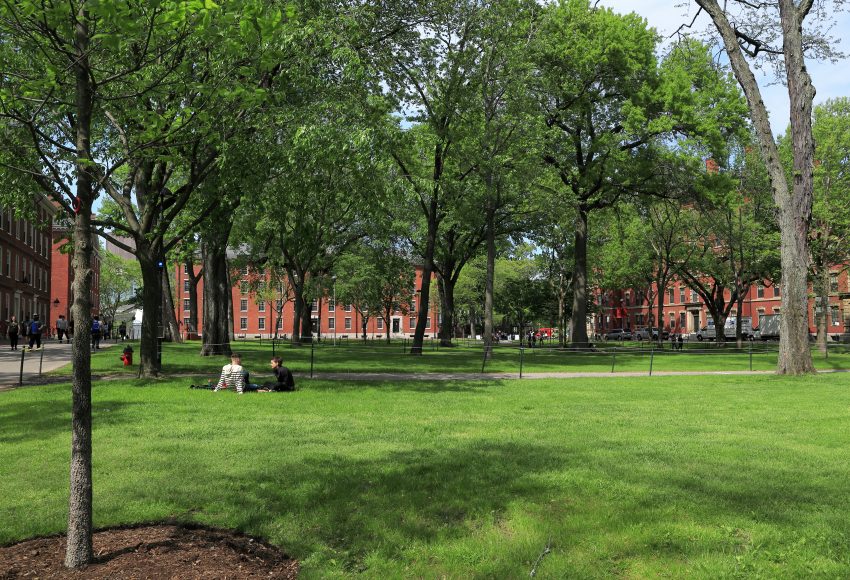Early this month, Connecticut and New York will make their decisions regarding the reopening of schools — as fraught a subject as any related to the coronavirus.
At the heart of the issue is the desire to have students resume the education required to meet the demands of this challenging world balanced by the need always for them to do so safely. With regard to elementary and secondary schools, the questions are fourfold: How are families and schools going to navigate staggered openings and closings when classes have to take place and parents have to be at work at certain times? How will students, particularly those in densely urban schools, socially distance in classrooms that are often filled to capacity — thanks in part to a decline in the birthrate that began in the 1980s and led to many school buildings being repurposed? How will everyone from the famed “lunchroom lady” to the superintendent protect himself with PPE when teachers have to buy things like crayons, because there’s no money for supplies? And how will schools quarantine, test and contract-trace everyone who comes in contact with an infected member of the school community?
For some school districts, a status quo return can’t be done. While New York City, with the nation’s largest public school system, has been cleared for in-person classes — making way for it to become the only major American city to offer them — it’s uncertain if all of its schools and parents will participate.California will keep most of its students online, while Texas, another hard-hit state, will have online-only classes until November.
Privileged parents can, of course, afford to send their children to private schools, which say they are well-prepared to cope with the challenges of educating students in the pandemic. (See accompanying list.) But this presupposes that those in affluent suburbs, who are already paying high property taxes for schools that rival anything in private education, are emotionally and financially prepared to abandon their public schools. In reality, all property owners — indeed all citizens — are invested in their local public schools, whether they use them or not.
With regard to higher education, the questions are different but no less complex or urgent. More than elementary and secondary education, college and graduate school are about making connections. Many low-income and foreign students in particular count on the housing, employment, mentorship and networking that campus life and in-person interaction provide — which is partly why Harvard University and the Massachusetts Institute of Technology were among those colleges that recently filed a lawsuit against the Trump Administration’s attempt to deny foreign attendees their student visas. (The Trump Administration has since stepped back from that plan.)
While roughly 60 percent of American institutes of higher learning have said they would allow all students back into the classroom this fall, some of the most prestigious — including Johns Hopkins, Princeton and Stanford — will hold most classes online. Harvard, the oldest and richest of American universities, will allow only 40 percent of its students back on campus, mainly freshmen and those who can demonstrate the academic hardship of online learning, thus pitting one student against another, as The New York Times put it, in a contest to see who’s the most disadvantaged by the current circumstances. Call it “Queen for a Day,” the old game show of the downtrodden, for the modern age.
It’s a sorry, muddled state of affairs guaranteed to satisfy few in which one thing nevertheless remains clear and paramount — the safety of students, which is key to the health of the school community and our future economy.





